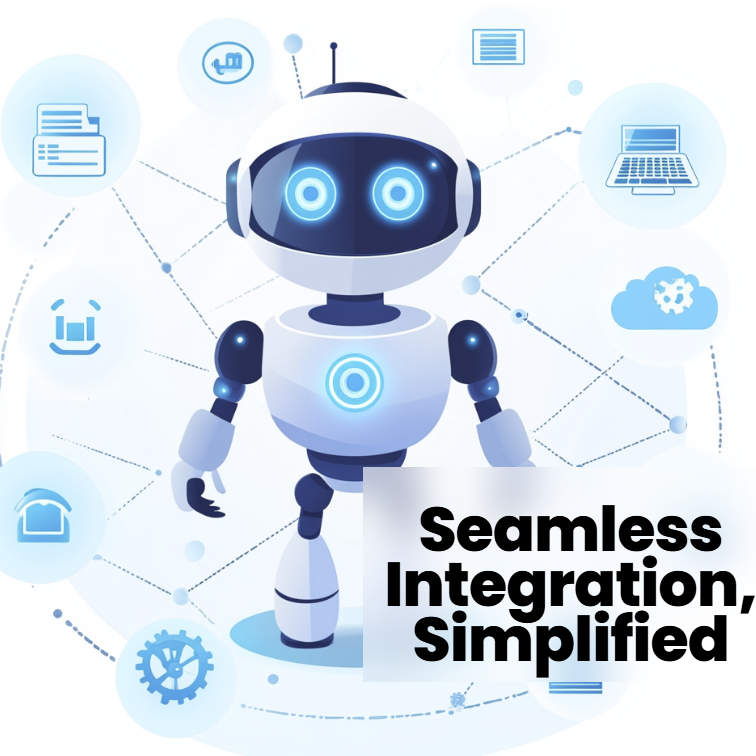 |
In today’s fast-paced digital landscape, fragmented systems and disconnected workflows can hinder efficiency, frustrate teams, and create bottlenecks. That’s why seamless integration isn’t just a luxury—it’s a necessity. Whether you’re managing complex operations or streamlining customer interactions, API-driven integrations offer the glue that brings everything together, making your tools work in harmony.
What Is Seamless Integration?
Seamless integration is the process of connecting disparate systems, applications, and tools to enable smooth communication and data flow. By leveraging APIs (Application Programming Interfaces), integration bridges the gaps between your platforms, ensuring they work as a cohesive unit. The result? Enhanced productivity, real-time data sharing, and effortless workflows.
The Benefits of Seamless Integration
- Eliminate Manual Work: Automate repetitive tasks and focus on high-value activities.
- Real-Time Data Sharing: Ensure your systems are always up to date, reducing errors and improving decision-making.
- Improved User Experience: Create a unified experience for employees and customers by connecting front-end and back-end operations.
- Scalability: As your business grows, seamless integration adapts, ensuring your systems can handle increased demands without missing a beat.
How Does It Work?
Seamless integration is achieved through the use of APIs, which act as intermediaries allowing your systems to communicate. Here’s how the process unfolds:
- Assessment of Current Systems: Analyzing your existing tools to identify integration opportunities and pain points.
- Mapping Workflows: Understanding how data should flow between systems and designing a roadmap.
- API Implementation: Connecting tools via APIs with well-documented endpoints to ensure reliability and functionality.
- Testing and Optimization: Rigorous testing to ensure everything works smoothly, followed by ongoing monitoring to refine and improve the integration.
Examples of API-Driven Integration
- E-Commerce: Synchronize your online store with inventory management and shipping platforms to ensure accurate stock levels and automated delivery updates.
- HR Systems: Link your recruitment tools with your internal HR software to streamline onboarding and employee data management.
- Customer Support: Integrate your CRM with AI chatbots to provide agents with real-time access to customer histories and enhance response times.
Common Challenges (and How We Solve Them)
- Compatibility Issues: Not all systems are designed to connect. Our expertise ensures even legacy systems can integrate smoothly.
- Data Silos: Breaking down silos requires careful planning to ensure data consistency across platforms.
- Security Concerns: We prioritize robust security measures to protect sensitive information during and after the integration process.
The Future of Integration
As businesses increasingly adopt AI, IoT, and cloud technologies, seamless integration will play an even greater role in creating intelligent, adaptive systems. With continuous advancements in API capabilities, the potential for innovation is limitless.
Why Choose Us?
We specialize in designing tailored integration solutions that fit your unique business needs. With a focus on reliability, scalability, and ease of use, our integration services empower your organization to work smarter, not harder.
